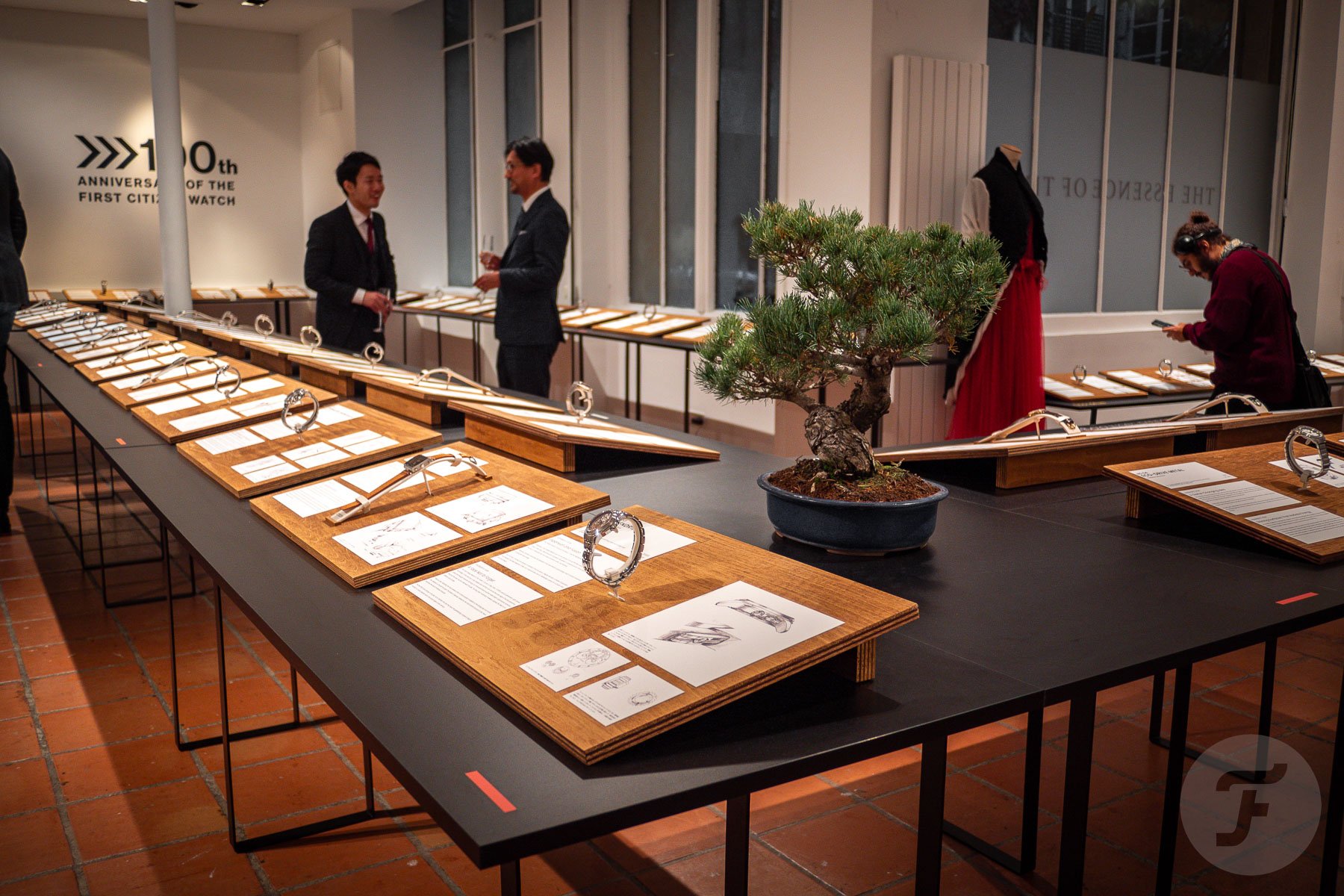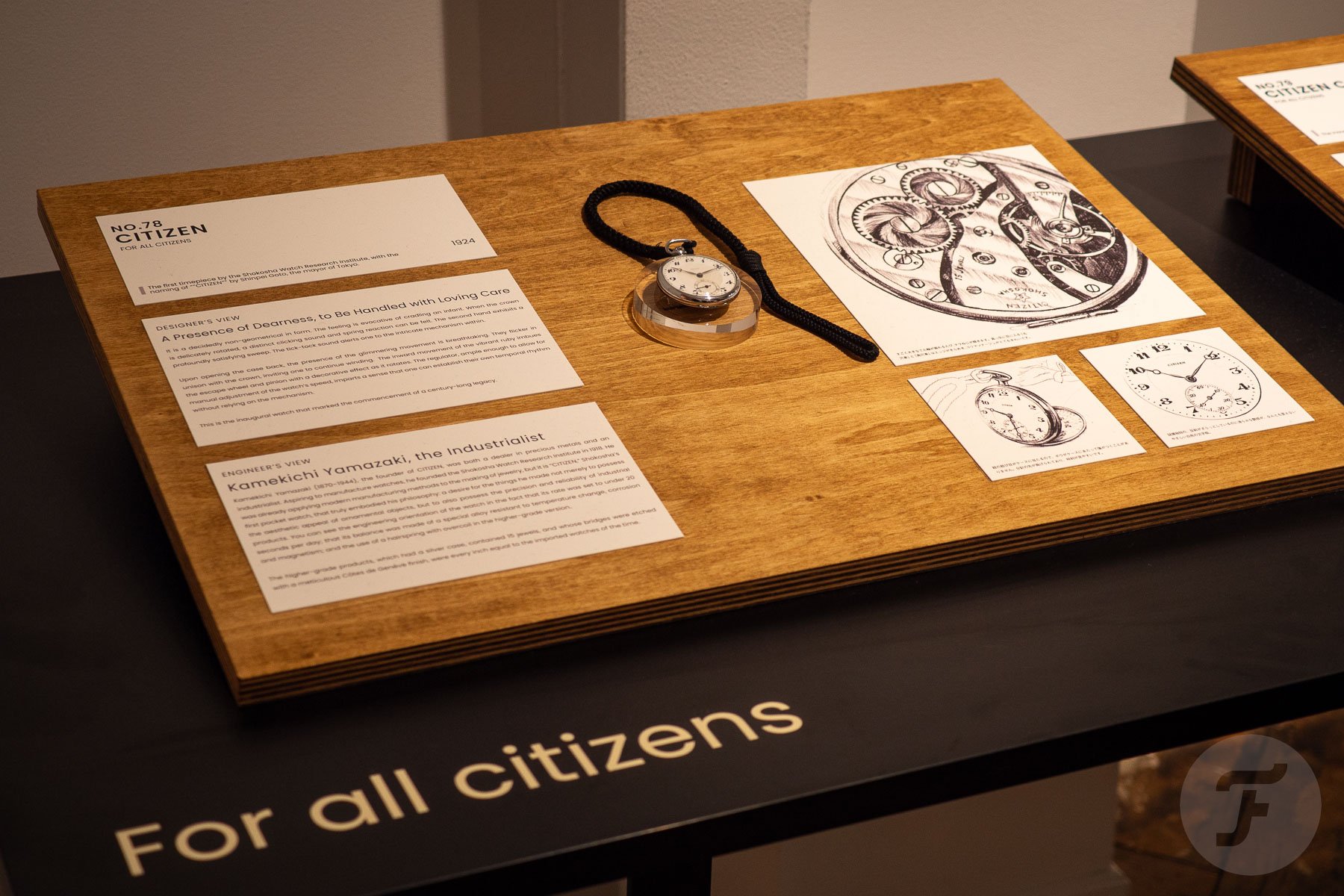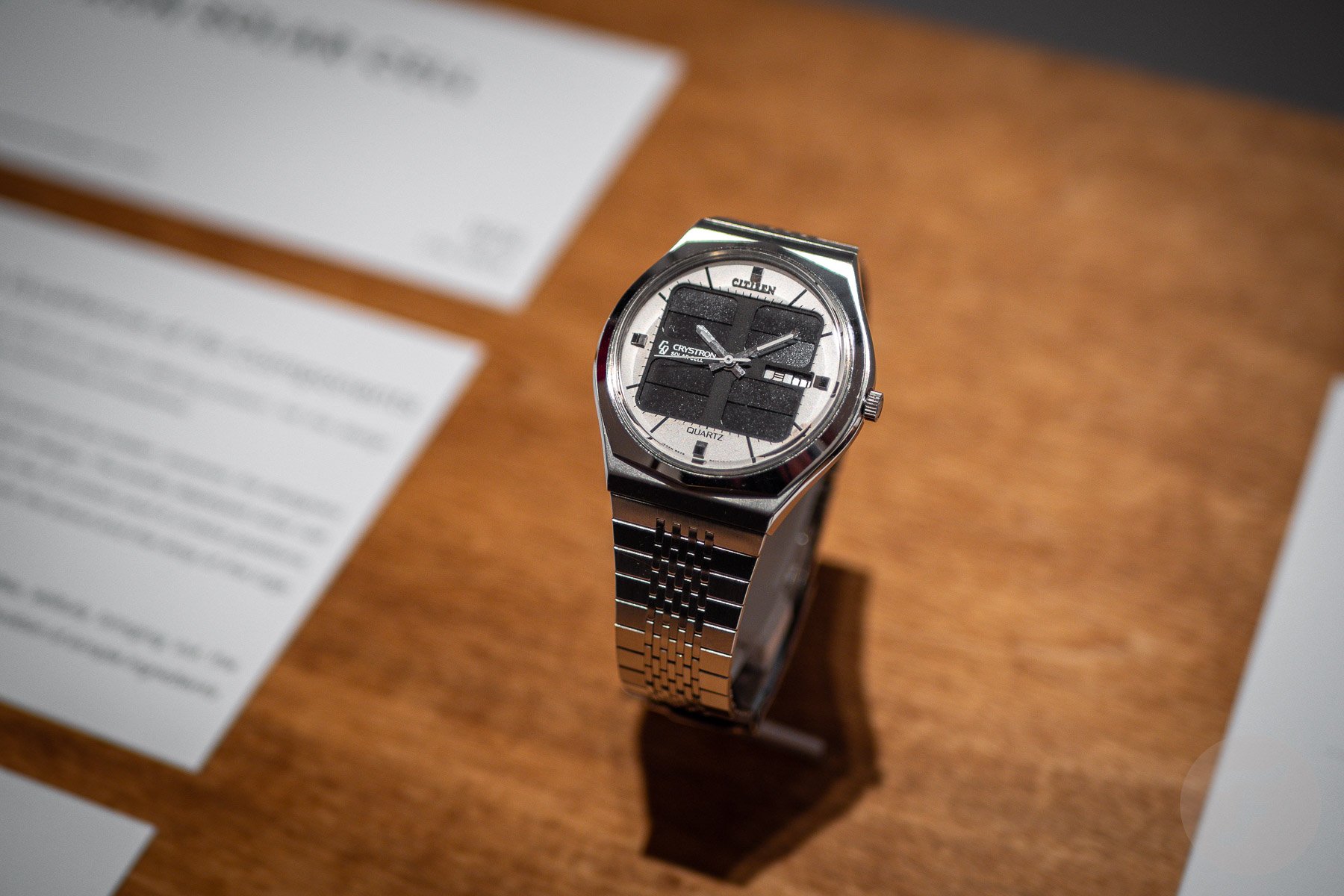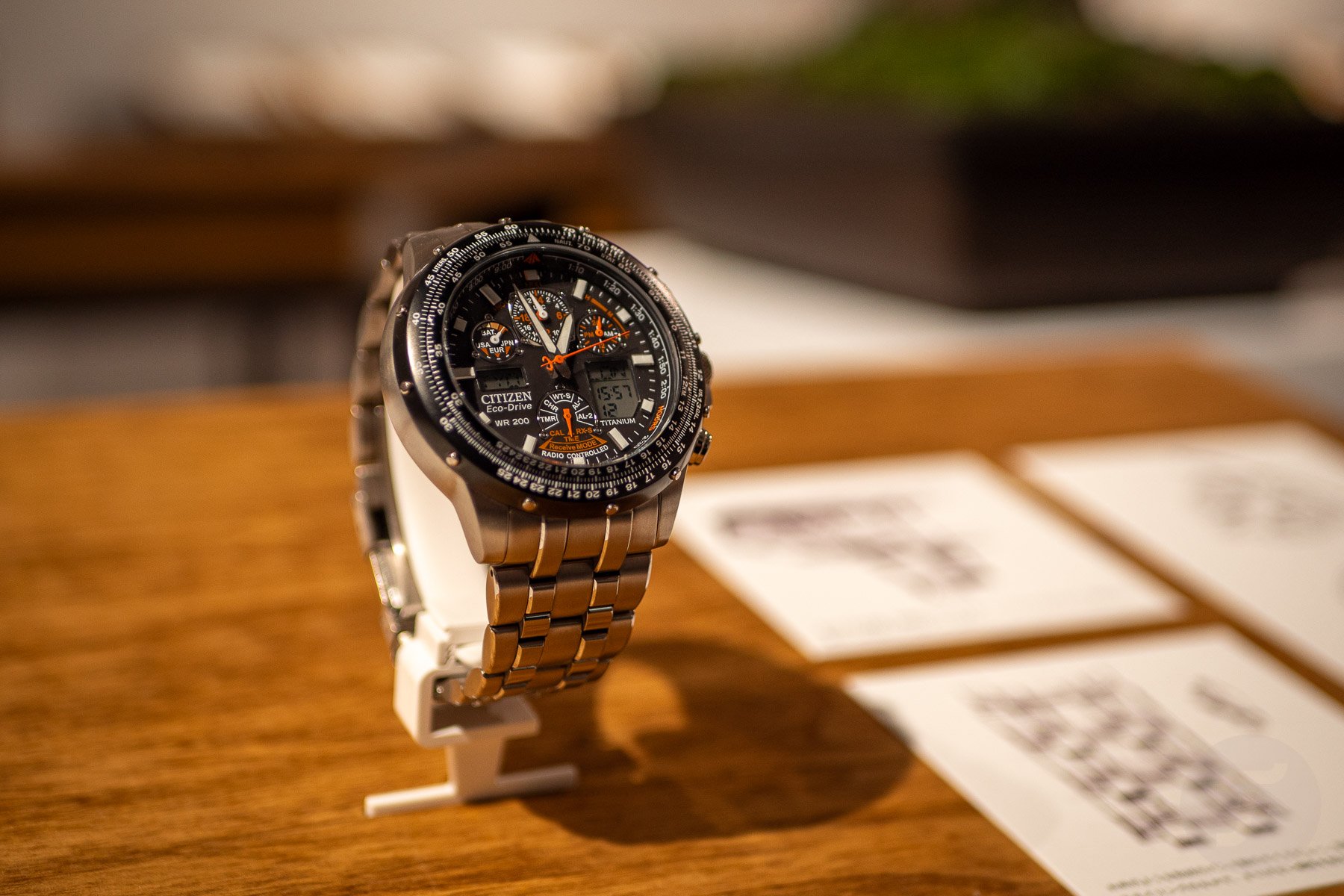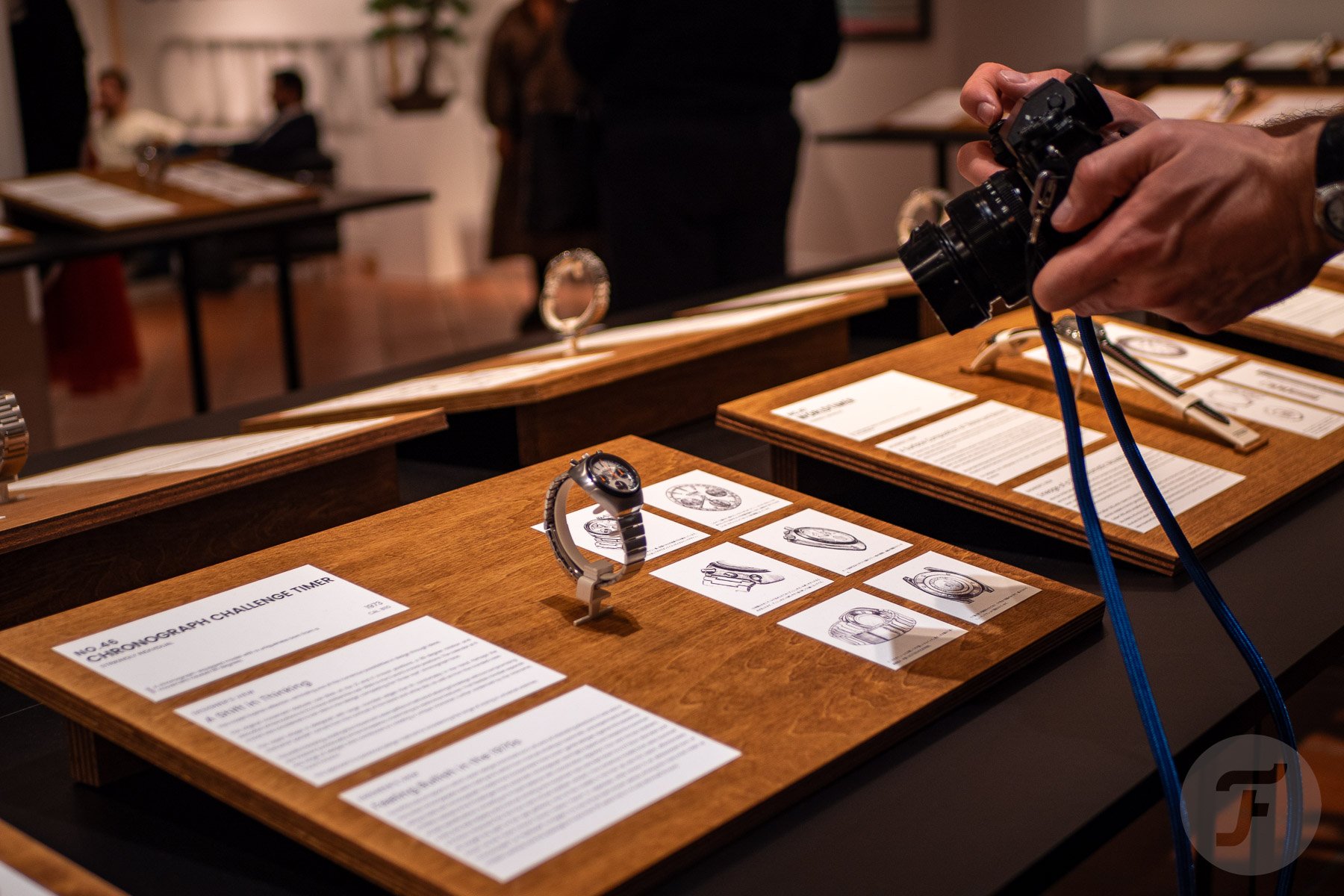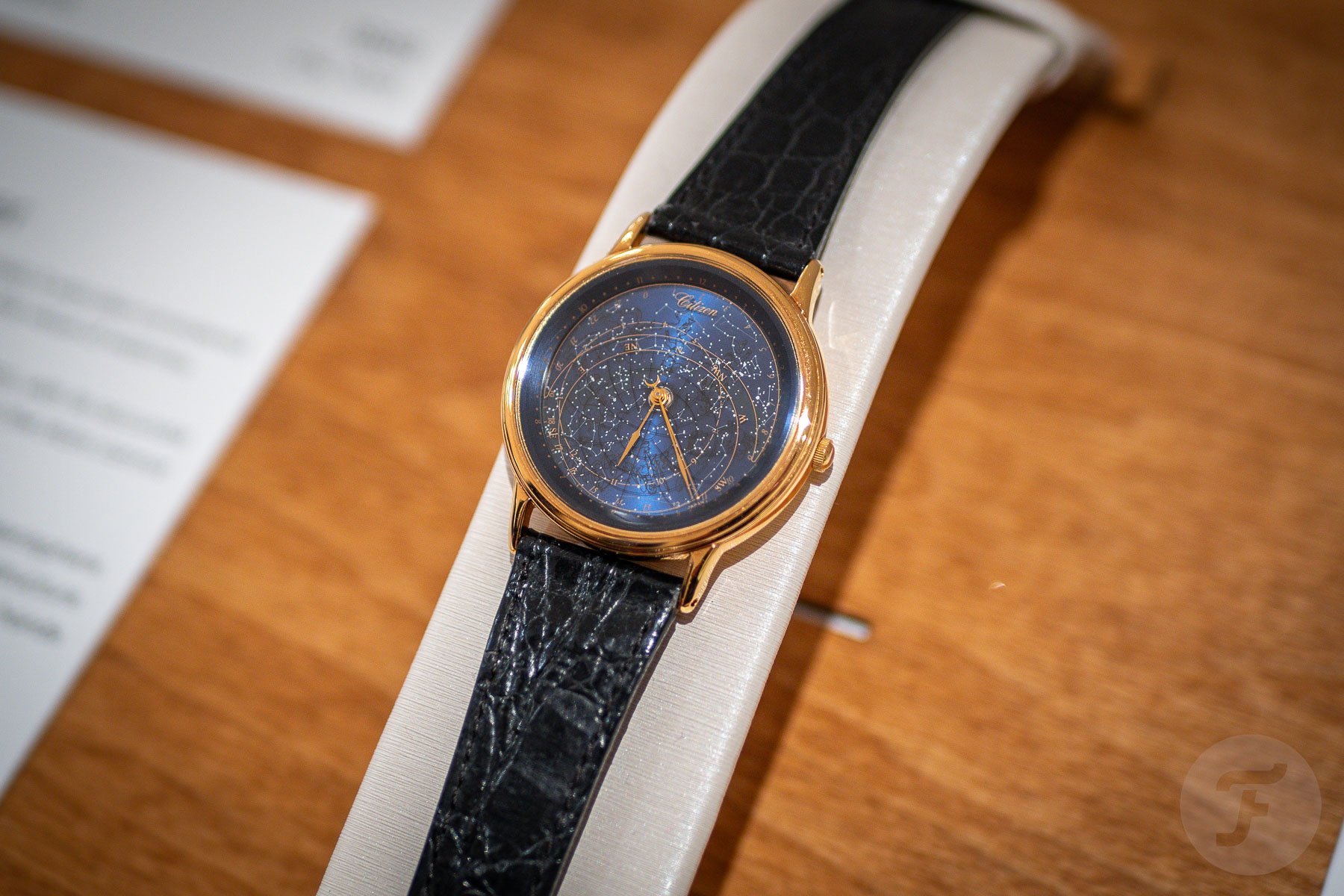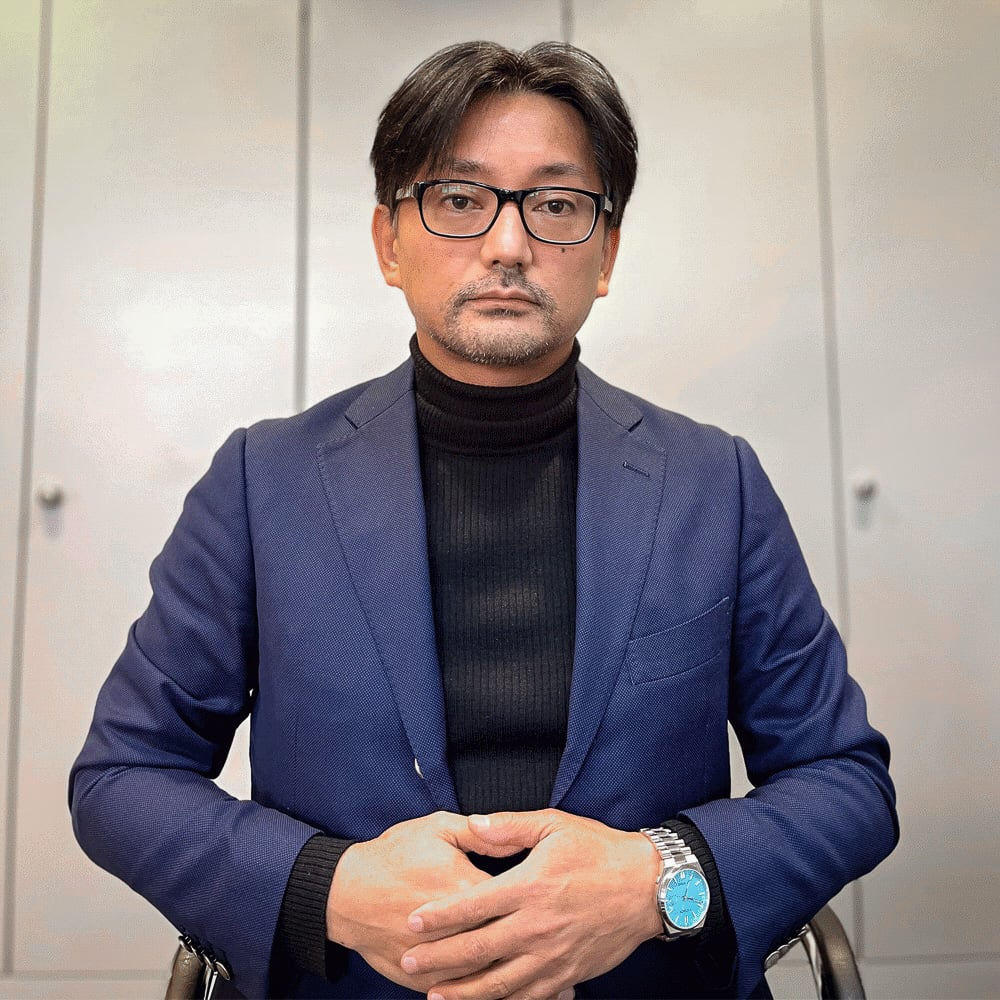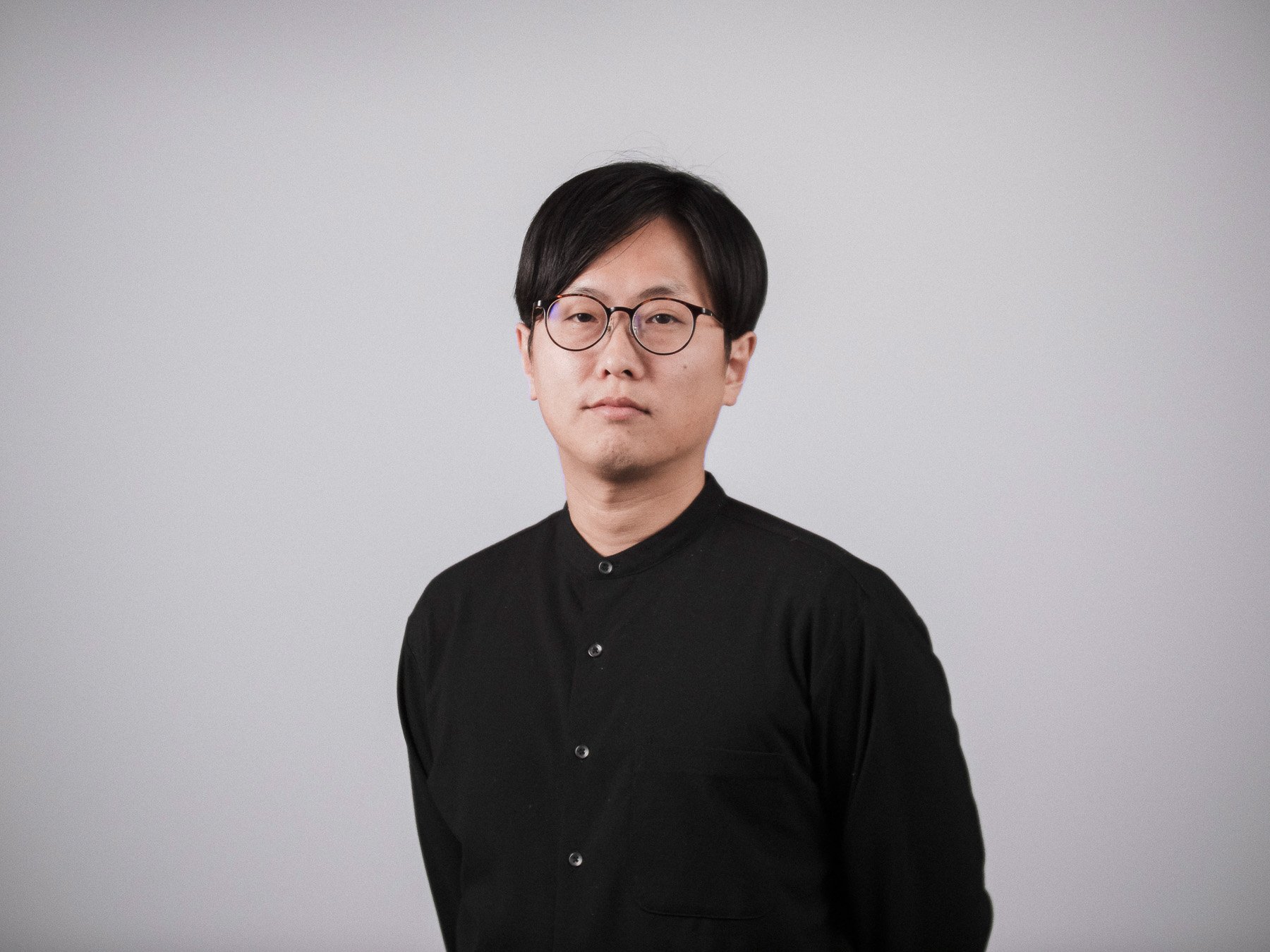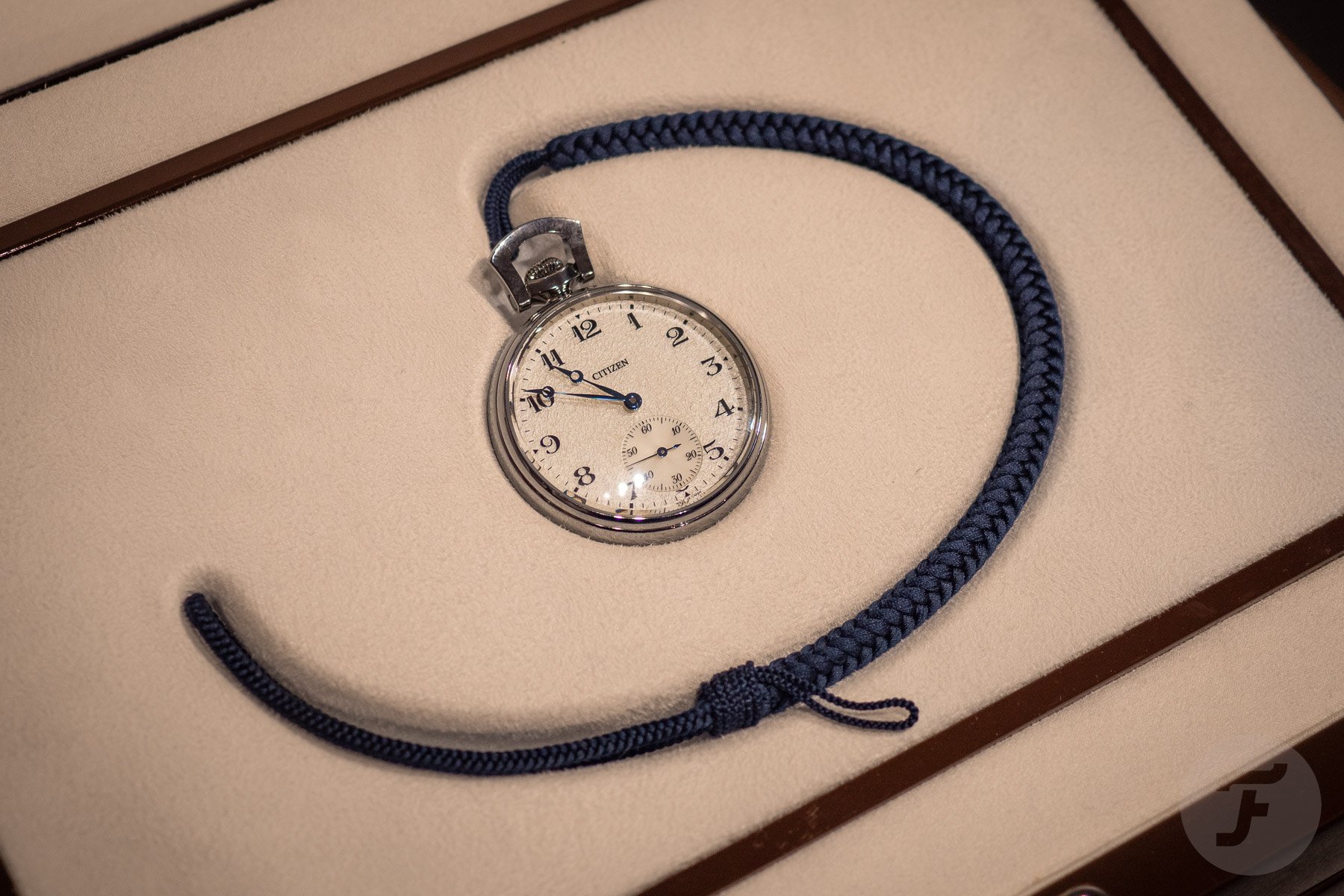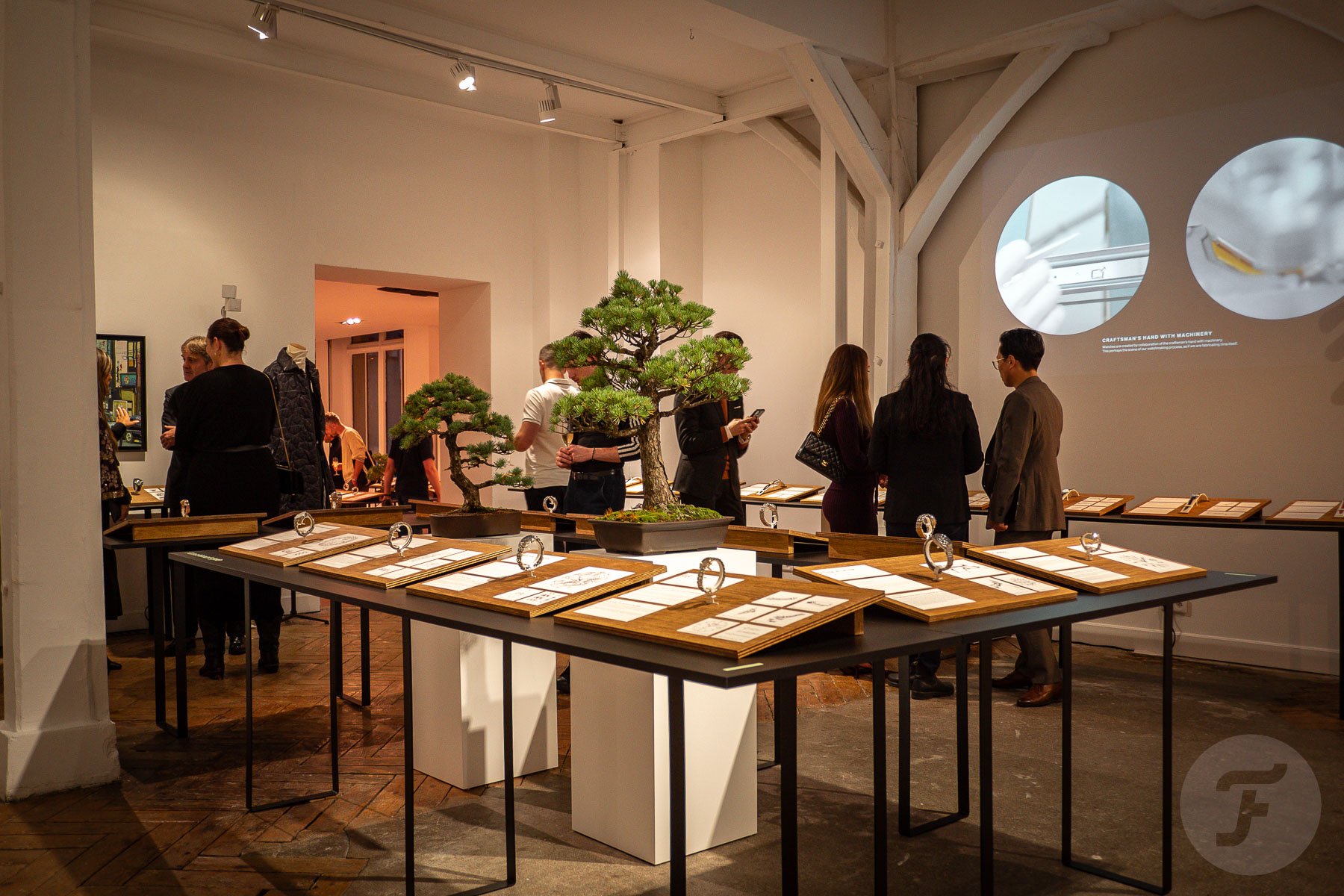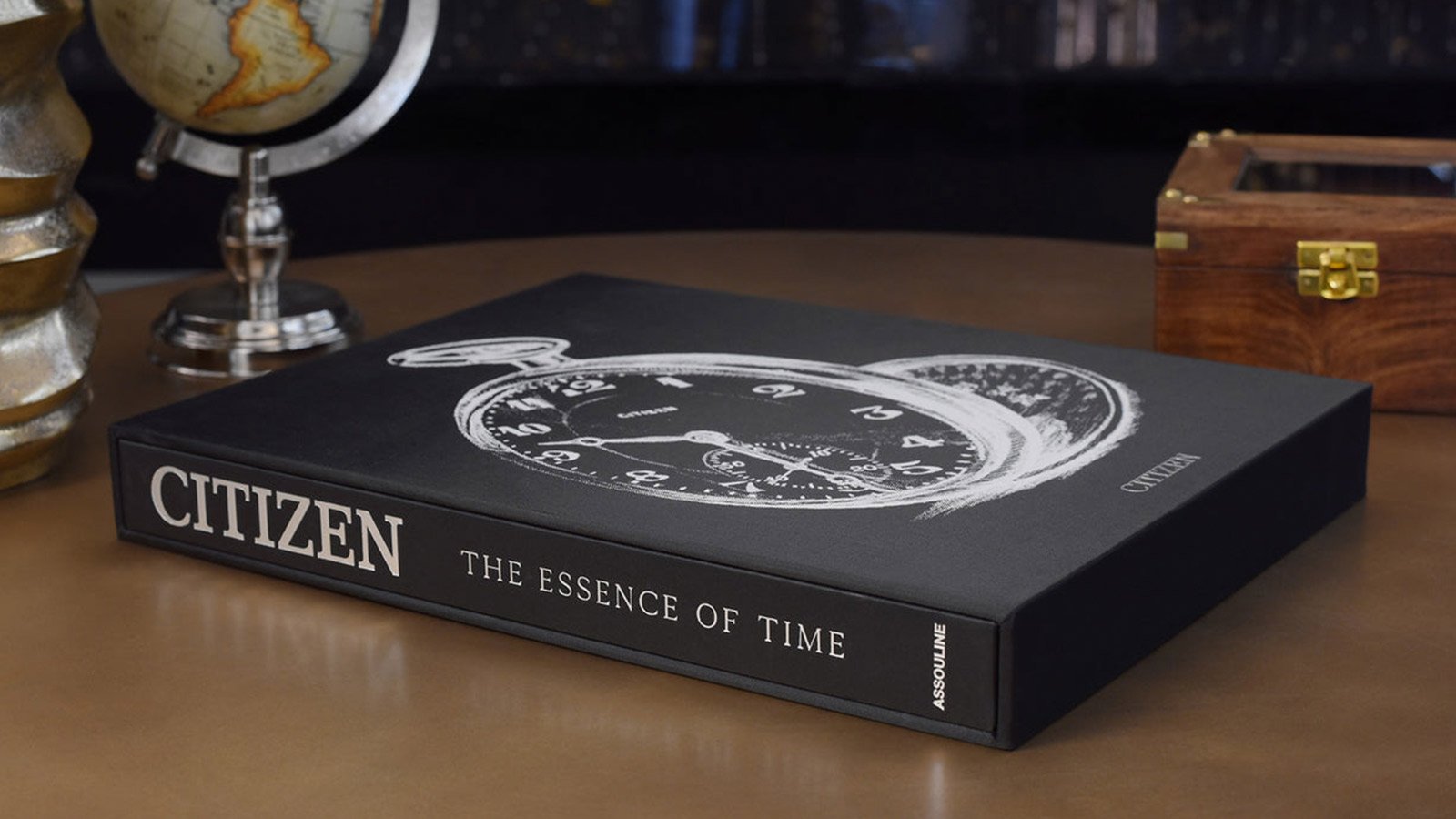Celebrating The 100th Anniversary Of The First Citizen Watch
The year 2024 marks a century since the introduction of the world’s first Citizen watch. To celebrate this significant milestone, Citizen has taken a curated selection of 100 watches, split into 12 design categories, from its over-6,000-watch archive on tour. Its first stop was in Tokyo before moving on to New York, and now the traveling exhibition has made its way to Paris. This is where I had a chance to experience this historical overview of Citizen’s watchmaking over the past century and speak to some of the folks responsible for its ongoing success. But that’s not the only way Citizen has decided to commemorate its first watch turning 100.
Officially founded as Citizen in 1930, the brand began as a combination of the Shokosha Watch Research Institute (founded in 1918 by Kamekichi Yamazaki) and part of Swiss watchmaker Rodolphe Schmid’s assembly plant (opened in Yokohama in 1912). Schmid registered the Citizen brand in Switzerland in 1918 for watches he exported to Japan. Yamakazi (who was well versed in using Swiss machinery to produce pocket watches) and Schmid began their work and produced their first eponymous pocket watch in Japan six years later. “Citizen” was chosen as the name of this functional timekeeping tool because it was intended for everyone. Designed and produced with quality and longevity in mind, the watch was to be accessible for all citizens to use and enjoy.
Since then, the Japanese watch brand has continued to innovate, grow, and earn ubiquity in the global watch landscape. But what better way to celebrate than with a return to the origins? This is why Citizen also decided to produce a limited-edition mechanical pocket watch inspired by its debut model from 1924.
The Essence of Time — Citizen’s 100-watch exhibit
Citizen’s exhibit, The Essence of Time, was hosted in the MR08 gallery in the fashionable Le Marais district, shared by Paris’s 3rd and 4th arrondissements. The venue’s blank canvas received a tasteful minimalist backdrop to display the 100 watches selected. Among bonsai trees, the Tokyo-inspired photography/embroidery of Aurélie Mathigo, and traditional Japanese fashion, a wooden board displayed each watch alongside hand-drawn sketches and a written analysis by Citizen designers and engineers. If you’re wondering how Citizen selected these 100 watches from an archive of more than 6,000, the brand explains:
“The selection of the models originates from a project aimed at exploring the ‘essence of Citizen.’ Firstly, in the project, we conducted a survey among employees. From the collection of over 6,000 watches, we selected those that best transmit the ‘essence of Citizen.’ Based on the keywords extracted, we classified the watches into 12 categories by design, technology, exterior details, advancement, and dedication to craftsmanship. From this, we selected 100 watches that possess a timeless appeal, perfectly relevant even in the modern day.”
The 12 categories into which the watches are split are as follows — Sophisticated Technology, Fusion of Analog and Digital, Eco-Drive Purposeful Power, Simple Sophistication, Functional Style, Strikingly Individual, “Groundbreaking Advancements,” Exceptional Design, Stellar Design, Pioneering, For All Citizens, and Expressive Beauty.
Highlights from a century of watchmaking
In this section, I’ll let the images do the talking. Photographing all 100 watches exhibited was impossible, but I’ve created a selection of highlights that I felt were worth sharing. These extend across all 12 categories. I’m sure you’ll enjoy scrolling through and seeing watches you might know alongside some you’ve never seen. This should give you a feel for the exhibition, and it should be easy to see what makes each watch a special part of this 100-year retrospective.
1. Sophisticated Technology
These include a 1962 Diamond Flake chronometer, a 2002 Meme of Citizen quartz world timer, a 2016 Eco-Drive Ultra-Thin (the world’s thinnest solar-powered watch at the time), and the impressive 2017 Promaster Professional 1000m.
2. Fusion of Analog and Digital
The highlights here were a 1982 Ana-Digi Temp and a 1984 Voice Memo.
3. Eco-Drive Purposeful Power
Of the five models, the 1976 Crystron Solar Cell (the world’s first solar-powered analog wristwatch) deserved a spot in our overview.
4. Simple Sophistication
This category takes us back to 1958 with the Super Deluxe and Citizen Junior along with the highly accurate pair of the 1967 Chronomaster and 1972 Glorious Citizen.
5. Functional Style
This 2010 Promaster Skyhawk represents the brand’s multifunctional side. The Skyhawk line continues to be a bestseller for Citizen.
6. Strikingly Individual
Here, we have the 1972 Challenge Timer (Citizen’s first mechanical chronograph), 1973 “Bullhead” Chrono, 1976 Worldtimer, and 1985 Chronograph Alarm, the first analog Citizen multifunction watch featuring alarm and timer functions (in addition to its chronograph function).
Six more categories
As we reach the halfway point of the 12 categories that Citizen used to organize this 100-watch collection, it’s worth remembering that these are not in chronological order. If you expected to see some watches from the early years of the brand’s history, rest assured, those are coming up shortly.
7. “Groundbreaking Advancements”
Here, we see the distinctive 1975 Custom V2 “Blackie,” a seemingly bulletproof 1999 Promaster Super Tough, and the very first Series 8 (Eco-Drive powered back then) with its distinctive eight-piece structure.
8. Exceptional Design
The 1999 Independent Techno Purity takes design inspiration from the medical world, the 2006 Promaster Aqualand takes the dive-computer integration to the next level, and the 2011 Satellite Wave was Citizen’s first satellite-synchronized watch.
9. Stellar Design
Citizen’s 1986 Cosmosign displays the position of fixed stars and constellations in the sky at a given time of the month.
10. Pioneering
In this category, we find the 1983 Professional Diver 1300m (the deepest-rated dive watch produced at the time), the 1985 Promaster Aqualand Depth Gauge (my favorite), the Wind Jack yacht timer, and the first multi-band radio-controlled watch from 1993.
11. For All Citizens
This category takes us back to the centenary Citizen caliber 16 pocket watch from 1924 and through to the first Citizen wristwatch caliber F from 1931. The 1952 Citizen Calendar and 1959 Citizen Alarm were also particularly lovely. Finally, the 1996 Promaster 200M diver (the less common lume-dialed variant) was also included.
12. Expressive Beauty
Finally, the “Expressive Beauty” category included a number of rather unique designs. These included a 2008 Kii, a 2009 Exceed Magnifique (shaped like a purple crystal), and a 2012 Campanola Chirijiraden. This last piece showcases Citizen’s incorporation of traditional Japanese artistry with an innovative Ring Solar movement.
In conversation with Mr. Hiroyuki Ota (CWE CEO)
Nacho Conde Garzón (NCG): Could you elaborate on Citizen’s history and how it has evolved into the brand it is today? What are some of the key milestones and innovations that have shaped the company?
Hiroyuki Ota (HO): Well, it’s made clear by the 100 watches you see today that we have explored many directions. And though, at a glance, it may seem scattered, it’s all part of one whole, and that’s Citizen. In terms of milestones, our focus has often been rooted in innovation. Our Eco-Drive models are a great example of this. We have always looked to improve them with additional functions (GPS, radio/satellite-controlled, etc.) and improve the technology (low consumption, greater accuracy, etc.). Lately, we’ve returned our focus to mechanical/automatic models. This is by popular demand. We’ve always believed in making watches for as many people as possible, so we didn’t hesitate to react to this rise in the popularity of mechanical watches while still maintaining a good range in prices.
NCG: Sustainability is becoming increasingly important in the watch industry. What steps is Citizen taking to reduce its environmental impact, and how does sustainability factor into its long-term strategy?
HO: This topic has especially come into focus over the past five years, but it has been a priority for Citizen for a long time. We’ve been pioneering solar-powered watches since 1976, and the Eco-Drive line has been a key part of the brand since its introduction. These watches are less environmentally impactful than their standard quartz counterparts. Instead of needing a new battery every few years, they can run for nearly a decade. We’ve also made efforts to use environmentally friendly and recycled materials. We like to think that our approach to creating watches gives them more longevity than most, meaning the environmental impact is reduced.
NCG: Introducing a pocket watch to commemorate 100 years since the first watch is a great way to commemorate the occasion. Do you think pocket watches will return as timekeeping tools?
HO: Hmm… Honestly, no. I don’t think this is very likely to be the case. However, we hope that watch lovers will appreciate them. We see that the challenge to traditional watches comes more from smart/wearable tech. However, we still feel a high demand (almost a counter-culture) for the analog experience. We are happy to be there to provide that, whether with a wristwatch or a pocket watch.
A chat with Mr. Shota Mimura (designer)
Nacho Conde Garzón (NCG): How does Citizen balance staying true to its heritage with incorporating contemporary design trends and innovations?
Shota Mimura (SM): We don’t see it necessarily as having to be a trade-off. Often, if we want to call back to our heritage and tell a story, the modern technical side is important in supporting it. Many of our designs throughout the last 100 years are also avant-garde and futuristic enough that they do not feel stale today. We often update the technical side (movement) without changing the design too much. And in most cases, it’s timeless enough to work.
NCG: What are your favorite watch design trends at the moment? How do you incorporate these trends into your work while maintaining Citizen’s unique identity?
SM: For me, it’s the integrated-bracelet sports watch that was so popular 20 years ago. We’ve recently brought it into the Citizen world again with the Tsuyosa models. These have been very well received. However, we don’t tend to look to trends for our designs. We always try new things, so there’s always a new focus. We also sometimes look into the archives for good designs and consider how we can modernize them.
NCG: When designing a watch, how much do you focus on function and aesthetics? Which element is more important in Citizen’s designs?
SM: Speaking strictly as “Citizen,” we never design something that is purely aesthetic and would result in poor functional use. As designers, we often operate within a series of restrictions. These can come from a movement and its specific functions, which inform certain design elements. Our role is to try to make an object that is perfectly functional but also aesthetically pleasing in that order. However, speaking as an individual, I think I would really enjoy designing a watch where aesthetics come before function.”
A closer look at the limited-edition Citizen pocket watch
While in Paris, I got my hands on the limited-edition pocket watch (as well as one of the century-old originals). Announced earlier this year at the start of the Essence of Time exhibition in Tokyo, this special timepiece is the ultimate way to commemorate 100 years since the original’s creation, bringing the century to a close that echoes how it began. It’s clear that times have changed since then. Pocket watches, back then, were one of the few ways for individuals to keep track of time. Today, you can almost certainly find a smartphone in each person’s pocket. Even the most advanced mechanical wristwatch pales in comparison to the multifunctional convenience of these devices. Nevertheless, as Mr. Ota said in our interview, a demand for the analog remains.
It was clear how much care and attention to detail went into this commemorative timepiece. As you can see in the side-by-side shots with the original (above), the DNA of the 100-year-old original shines through. Still, there are some notable departures. You’ll notice that the numerals and seconds track are slightly different, and so are the crown and bow (attachment loop). The mirror-polished case is slightly larger, at 43.5mm wide by 13.4mm thick. Most notable, however, is the dial. Citizen explains, “Electroforming, clear coating, and polishing are used to create the unique dial pattern, an evocation of the build-up of snow during a snowfall that suggests the accumulation of time gone by.”
Citizen Cal.0270
The structure and layout of the 18-jewel hand-wound Cal.0270 inside are loosely inspired by those in the original. The (machine-made) finishing includes perlage, vertical striping, and diamond-cut bevels. The movement is tested for 17 days in six positions and three temperatures and has an average accuracy rating of -3/+5 seconds per day (exceeding ISO 3159 chronometer specifications). The winding feels crisp and gives a beautiful sound. Pulling the crown out hacks the movement and enables the time-setting function. The pocket watch comes in a special presentation box. A braided cord is also included for those who wish to wear the watch.
One final detail worth noting lies in the indigo-dyed cord (as opposed to the more traditional Western metal chain). It’s made of pure Japanese silk by Domyo, a Tokyo company that has been producing kumihimo (braided cord) since the mid-17th century. This limited-edition (100 pieces) tribute to the original watch given the “Citizen” name will become available through a limited selection of Citizen retailers worldwide from November 2024. To give you an idea, only three will be available in France. The price of this special commemorative pocket watch (ref. NC2990-94A) will be €7,500.
Final thoughts
Kudos if you made it this far! This has been a lengthier article than usual, but I hope you’ll appreciate this inside view of Citizen’s celebration of its first watch’s 100th anniversary and the Essence of Time exhibit, my chats with Mr. Ota and Mr. Mimura, and my hands-on experience with the limited-edition pocket watch.
Finally, for those who found my overview of the exhibit interesting and would like to learn more, Citizen has also launched a 250-page coffee table book to mark the occasion. Written by Jack Forster, the book provides an overview of the brand’s watches and past 100 years of history and is now available for pre-order on Assouline.

